Are you thinking about putting mortar under a bathtub but not sure if it’s actually necessary? You’re not alone. This question comes up all the time during bathroom remodels and installs. Some folks swear by it, and others skip it entirely—and both sides have their reasons.
So, let’s break it all down.
Basic Explanation of Bathtub Installation
Alright, let’s start from the beginning. When you install a bathtub, you can’t just drop it into place and walk away. It needs solid support, both underneath and on the sides. That’s where the idea of a mortar bed under a bathtub comes into play.
Most tubs—especially acrylic and fiberglass ones—aren’t super heavy on their own. That makes them easier to carry and install, but it also means they can flex or move a little when you stand in them. That slight movement might not seem like a big deal at first, but over time it can lead to creaks, cracks, or even leaks.
That’s why a lot of pros (and DIYers who’ve been through this) add mortar under a bathtub. It gives the base something solid to rest on, keeps it from shifting around, and helps it feel rock solid—just like a tub should.
Should You Put Mortar Under a Bathtub?
Here’s the short answer: Yes, in most cases, you should put mortar under a bathtub. It’s one of those extra steps that can make a big difference down the road.
But like most things in construction, it depends. Some tubs actually don’t need mortar underneath because they’re designed differently, or they sit on built-in legs or platforms. Other times, a flat and perfectly level subfloor may give enough support on its own.
So before you mix up a bag of mortar and start slinging it around, let’s go over when it’s necessary—and when it’s not.
When Required
Using mortar under a bathtub is typically required when:
- You’re installing a fiberglass or acrylic tub (these are lightweight and prone to flexing).
- The manufacturer’s instructions recommend it (always check the manual).
- The subfloor isn’t perfectly level or smooth—which, let’s be real, is pretty common.
- You want to avoid squeaking, creaking, or cracking sounds when someone steps in.
- You’re doing a bathroom reno and you just want it done right the first time.
If any of that sounds like your project, yeah—you’ll want to use mortar under that tub. It’s not just about preventing movement. It also helps distribute the weight evenly and can even extend the lifespan of the tub.
Example:
✅ Fiberglass Bathtub That Requires Mortar Underneath
- Material: Fiberglass with acrylic finish
- Requires mortar: ✔️ Yes, the manufacturer recommends a mortar bed for support
- Why: Lightweight fiberglass tubs are prone to flexing; MAAX specifically suggests using a mortar bed to stabilize the base and prevent movement.
When Not Required
Now, here’s when you might skip it:
- You’re installing a cast iron tub (those suckers are heavy enough to sit on their own).
- Your tub has built-in support legs or a frame that rests solidly on the subfloor.
- The subfloor is perfectly level and meets all support requirements.
- The manufacturer specifically says not to use mortar (rare, but it happens).
- You’re using an alternative support system, like spray foam (though that’s another debate for another day).
But even in some of these cases, many experienced builders will still throw down some mortar just for peace of mind.
Example:
❌ Cast Iron Bathtub That Does Not Require Mortar Underneath
- Material: Cast Iron
- Requires mortar: ❌ No, built-in leveling support with integral apron
- Why: Heavy cast iron construction naturally stays stable; this model features a flat, pre-leveled bottom designed to sit directly on a level subfloor.
Can You Use Structolite Under a Bathtub?
Here’s a fun curveball people ask all the time: Can I use Structolite under a bathtub?
Technically, yes. Structolite is a lightweight base coat plaster that’s often used for patching and building up walls and ceilings. It has a pretty quick set time and is easy to work with. Some contractors like using it under tubs because it’s lighter and easier to shape than traditional mortar.
But—and this is a big but—it’s not always designed to handle long-term compression. Bathtubs hold a lot of weight: you, water, and whoever else might be enjoying bubble baths. So while Structolite might work temporarily, it’s not the best long-term solution unless the tub already has strong legs or supports.
If you’re looking for the safest route, stick to mortar that’s meant for floors or heavy support.
Benefits of Using a Mortar Bed
Alright, so what’s the real upside of going through the extra work of laying mortar under a bathtub?
Here’s what you get:
- No Flexing: It eliminates that spongy feeling when you step in.
- Better Weight Distribution: Supports every inch of the tub bottom.
- No Squeaks or Creaks: Seriously, this alone is worth it.
- Longer Tub Life: Reduces the risk of cracks in the tub shell.
- Feels Solid and Luxurious: That sturdy, hotel-bath feel.
If you’ve ever stepped into a cheap tub that creaked like a haunted house, you know what I mean.
What Mortar to Use
Now, not all mortar is created equal. For bathtub installs, you want something strong, non-shrinking, and capable of holding up long-term. Here’s what to look for:
- Floor tile mortar
- Sand mix concrete
- Modified thinset mortar
One of the most popular and affordable options is Quikrete Sand/Topping Mix, which you can find here on Home Depot.
Just follow the mixing instructions, place a few generous mounds where the tub will sit, and gently lower the tub into place. Let it set for 24 hours before touching anything.
Considerations
Before you dive into mortar-mixing mode, here are a few things to keep in mind:
- Dry-fit first – Make sure your tub actually fits the space before the mortar goes down.
- Don’t block the drain area – Leave space around the drain to avoid future plumbing headaches.
- Use plastic or a slip sheet – This helps prevent moisture from the mortar soaking into the tub base.
- Work quickly – Mortar sets fast. Be ready to place the tub right after you lay the bed.
- Level it out – Check that the tub is perfectly level in all directions before letting it cure.
And maybe the most important tip: read the manufacturer’s instructions. Some tubs even show you exactly where to put the mortar mounds.
Conclusion
So, is mortar under a bathtub required or not? Most of the time, yes. Especially if you’re working with a fiberglass or acrylic tub. It adds stability, reduces noise, helps prevent future damage, and just makes your installation feel more solid overall.
Sure, there are a few exceptions. But if you’re aiming to do the job right the first time, mixing up a mortar bed is a small price to pay for peace of mind.
If you need a contractor in Philadelphia or South Jersey, contact us for a FREE Consultation!

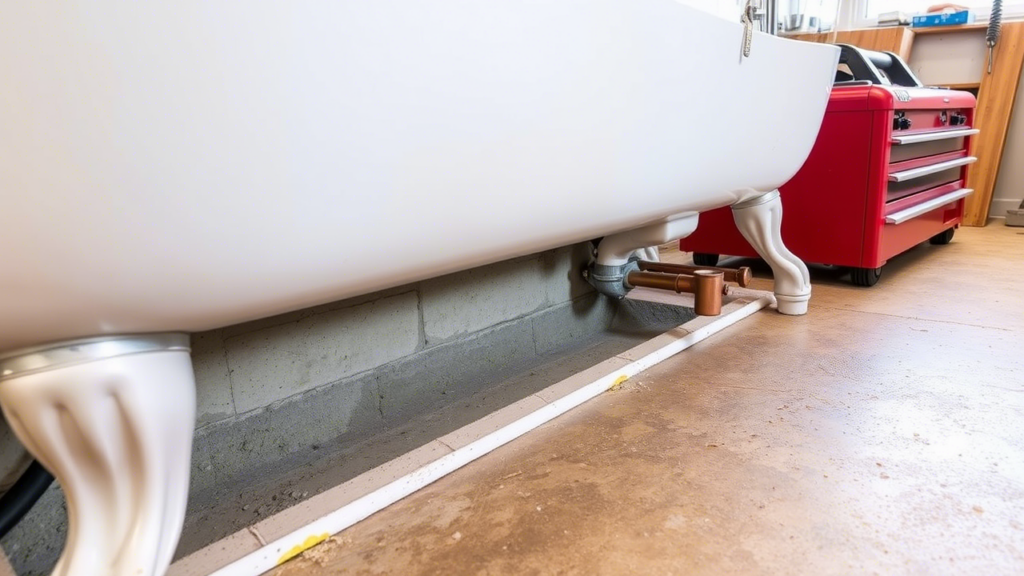

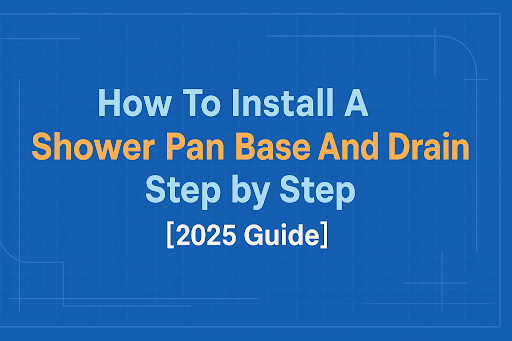

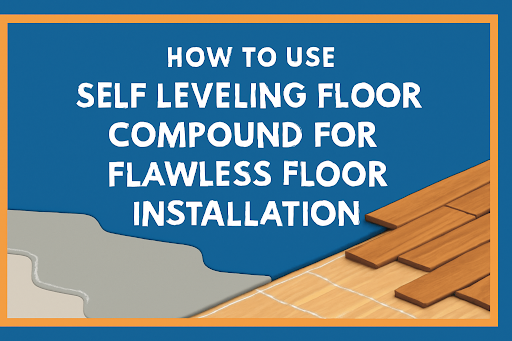

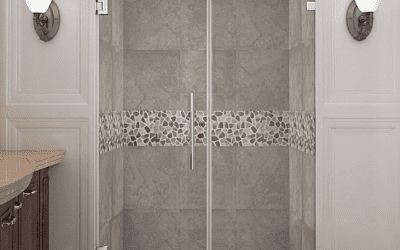
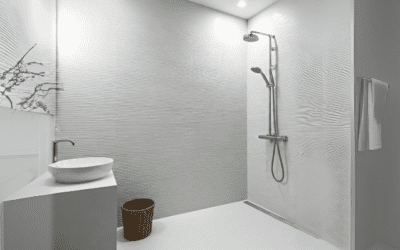
0 Comments